13 wellbeing at work ideas proved to work for small businesses
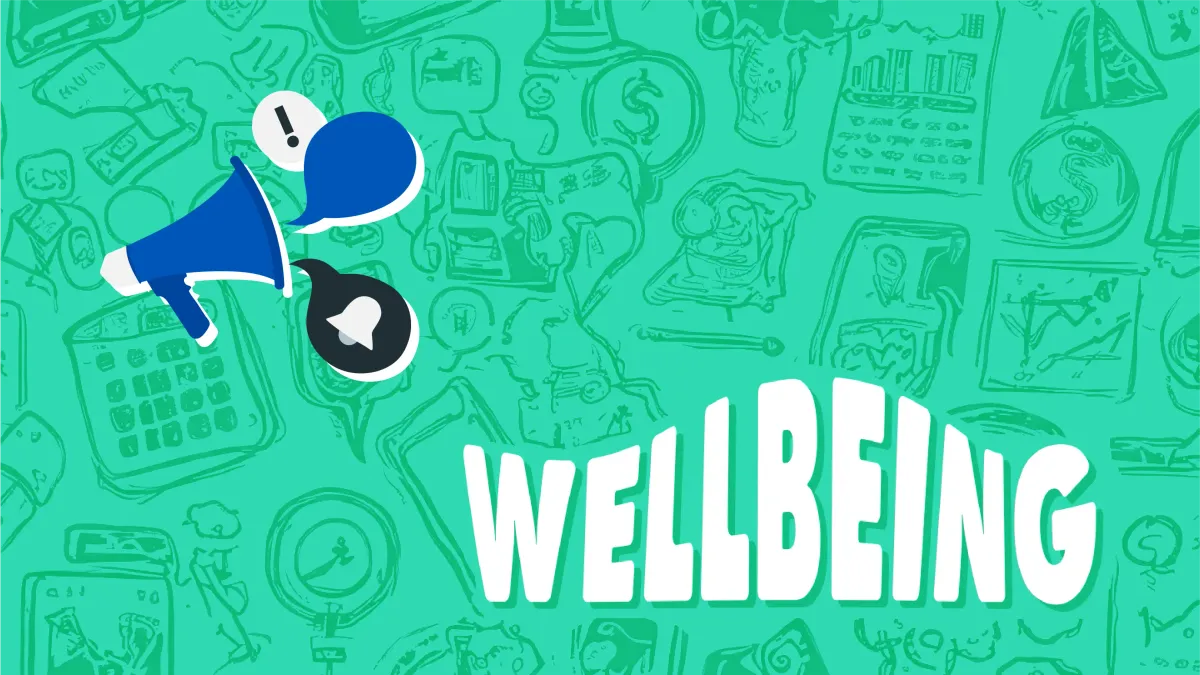
In today's world of work, prioritising employee wellbeing is not just a tick-box exercise, but a strategic imperative for any business to succeed.
Creating a workplace that values and promotes wellbeing has always been a focus for us at Charlie — figuring out how to do it effectively, that’s the real challenge.
I’ve been CharlieHR’s Chief of Staff since the very beginning, and I’ve seen a lot of workplace wellbeing initiatives fail, and only a handful really make a difference.
In this guide, I’ll give you an overview of common wellbeing at work ideas, and I’ll try to save you some time and effort by highlighting what has worked for us and what hasn’t. I'll also out these ideas in the context of the best employee benefits in the UK.
But first, let’s answer some common questions.
What do we mean by wellbeing at work?
Wellbeing at work is about much more than just physical health. It's about feeling fulfilled and supported in all aspects of your work life.
As business leaders, we have the responsibility to create an environment that values our teams’ overall wellbeing, their physical, mental, emotional and social needs.
Why should you care about promoting wellbeing at work?
Well, let me assure you, there are plenty of compelling reasons why you should genuinely care about the wellbeing of your team members.
Let's explore a few of these reasons together:
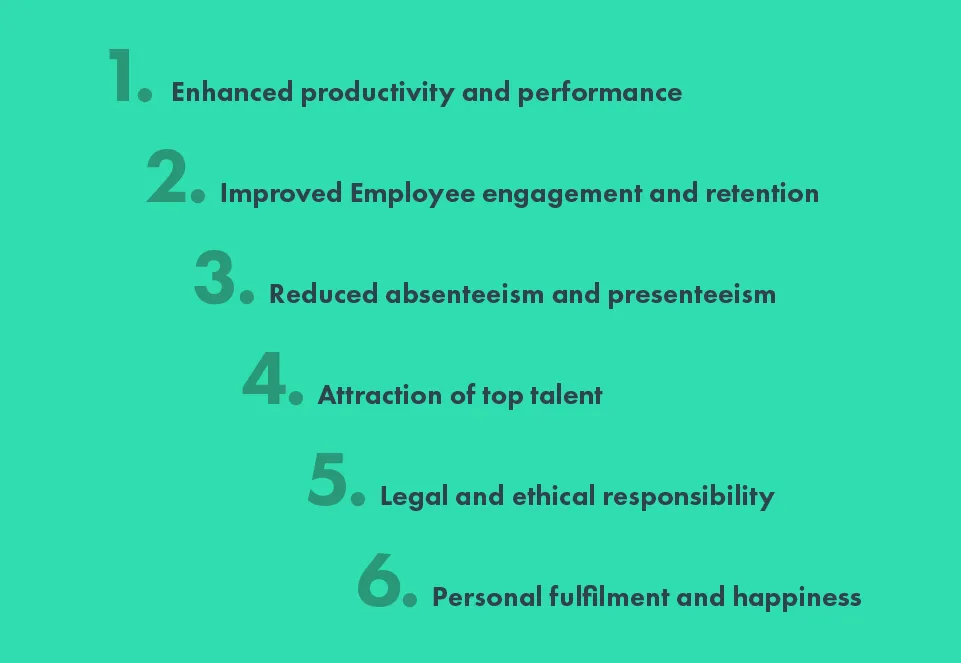
1) To boost productivity and performance
When employees are in a state of wellbeing, they experience increased focus, motivation, and productivity. Promoting their physical and mental health creates an environment where they can perform at their best.
2) To improve employee engagement and retention
When employees feel their wellbeing is prioritised, they are more likely to be emotionally connected to and invested in their work. This, in turn, leads to higher employee retention rates, saving you time and resources spent on recruiting and training new staff.
3) To reduce absenteeism and presenteeism
By creating a supportive environment that addresses physical and mental health concerns, you can reduce the number of sick days taken and improve overall attendance and performance.
4) To attract top talent
By prioritising workplace wellbeing, you can position your company as an attractive employer, helping you attract and retain top talent who are seeking a company that values their health and happiness.
5) To remain legally and ethically responsible
As an employer, you have a legal and ethical responsibility to ensure the health, safety and wellbeing of your employees. Ignoring that could lead to serious legal action against your company.
6) To promote your team's personal fulfilment and happiness
Finally, let's not forget that each individual deserves to experience fulfilment, happiness and a sense of wellbeing in their work life. By prioritising wellbeing at work, you contribute to the personal growth, happiness and overall quality of life for your team members.
13 ideas for health and wellbeing at work
There is no one-size-fits-all approach to improving wellbeing at work. In my experience, you need to consider your workplace holistically to be able to spot opportunities to improve your team’s wellbeing.
To simplify this process a little bit, you can think of staff wellbeing as a combination of:
- Physical wellbeing
- Emotional and mental wellbeing
- Work-life balance
- Recognition and open feedback
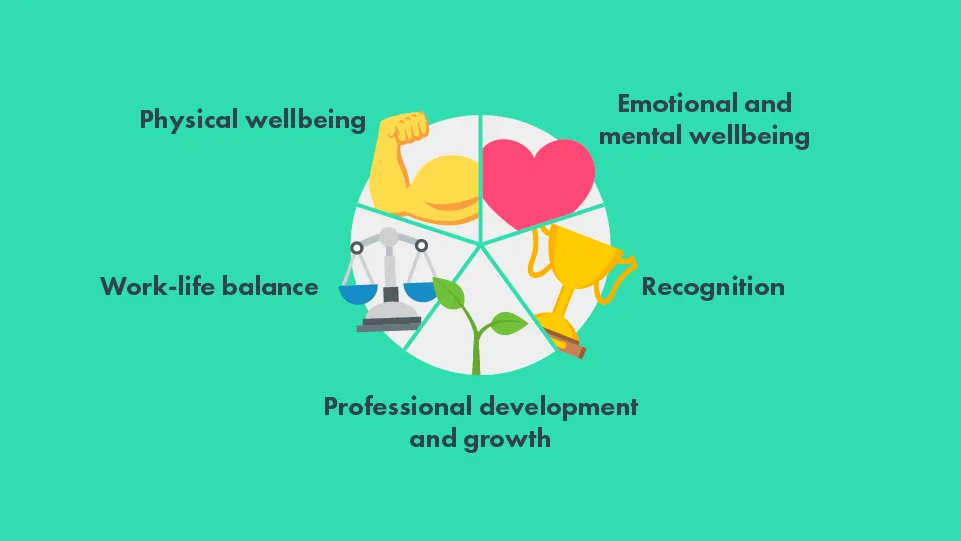
Let’s now look at these areas one by one — for each, I’ll share some ideas for wellbeing at work that you can use at your company:
Ideas for promoting physical wellbeing at work
Whether your employees work in a traditional office setting or remotely, prioritising their physical wellbeing is essential to foster a healthy and thriving team.
Here are some ideas to promote physical wellbeing that can be implemented in both office and remote work environments:
- Provide the right equipment: Make sure your team’s workstations are ergonomic and designed to support good posture and reduce strain on the body. Provide adjustable chairs, standing desks, and monitor stands to allow employees to customise their setup according to their comfort and needs. At Charlie, for example, we offer a generous “work your way” budget that remote team members can use for equipment to make their home office as comfortable and functional as possible.
- Adopt flexible working hours: We are all different and like to work in different ways. Being flexible about how your team members structure their working day will have a positive impact on their physical health. Early risers and night owls will be equally satisfied with how they can manage their energy levels throughout the day. At Charlie, we measure team performance in terms of goals met rather than hours worked.
- Sign up for employee health insurance and wellbeing benefits: Offer comprehensive health insurance plans that cover preventive care, physical check-ups and access to wellness programmes.
- Offer gym or wellness employee discount schemes: Gym memberships, free fitness classes or the occasional spa or massage can go a long way in promoting your team’s wellbeing. So much so that we made it a key feature of Charlie’s employee benefits platform: all our HR software customers have access to thousands of discounts on wellbeing resources and exercise classes.
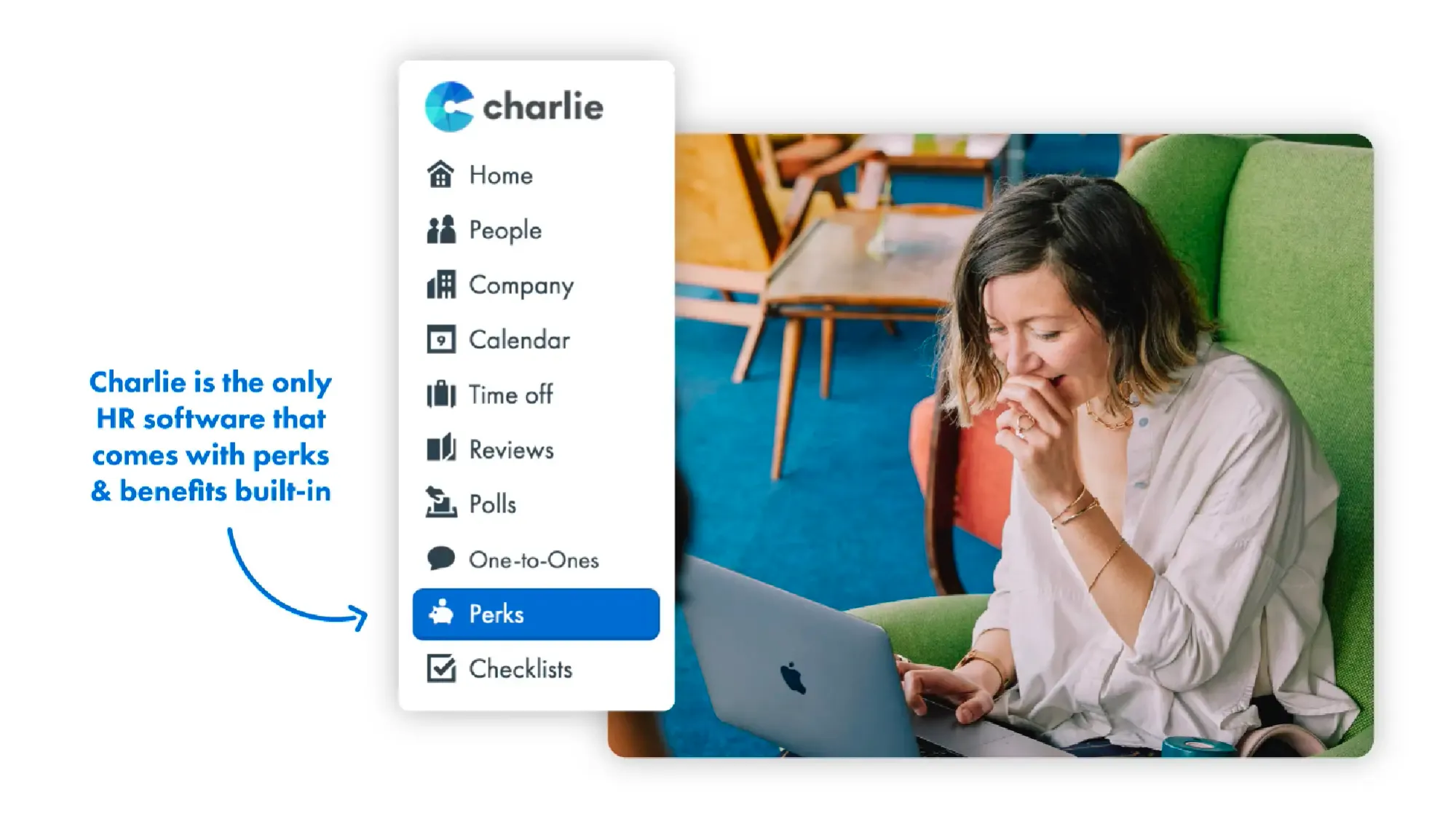
Ideas for promoting mental health at work
Your team’s emotional wellbeing is just as important as their physical health. Here are a few ideas on how to proactively look after your employees’ mental health.
- Provide mental health resources: Offer access to counselling services or therapy platforms, plus information about available resources. Ensure confidentiality to encourage employees to seek help when needed. At Charlie, we chose a health insurance plan that includes free therapy for all our team members.
- Introduce mental health first aiders: At Charlie, we had a few volunteer team members go through specific training to become our “mental health first aiders”. They now can use their expertise to signpost people suffering from mental health issues to the right, professional support.
- Train managers on mental health awareness: Provide training for managers on mental health awareness and equip them with the skills to recognise signs of distress, have supportive conversations and appropriately refer employees to available resources. This helps create an empathetic relationship between managers and their direct reports.
- Encourage social connections: Foster social connections and camaraderie among team members through team-building activities, social events, or virtual hangouts. Encourage collaboration, peer support, and mentorship programs to enhance social connections and combat feelings of isolation.
Wellbeing ideas for improving work-life balance
If I had to name the most important factor influencing wellbeing at work, that would be work-life balance.
At Charlie, we like to think of work as just one of the many aspects of our team members’ lives — we want to do our best as an employer to ensure people can enjoy and make the most of their life outside of work.
For example:
- Offer flexible working opportunities: This can take many forms. At Charlie, on top of flexible hours, we also operate on a hybrid working mode where people can work from anywhere in the UK. We have an office, but only for the people who wish to use it. Our team members are free to design their ideal working pattern and make work fit around their lives rather than the other way around.
- Discourage working overtime: When setting your team’s targets, ensure they are ambitious, but also achievable. People shouldn’t feel like the only way to hit their targets is by working overtime — this will only lead to burnout. Ensure leaders at your business are aligned on this to make it part of your culture.
- Encourage everyone to take the annual leave they’re entitled to: You’ll be surprised to find out how common it is for people not to use their allocated holiday allowance. Train managers to spot when this is happening, and actively promote a culture where taking time off is celebrated, not discouraged. With Charlie’s HR software, you can easily track your team’s annual leave — the system will also notify you when someone needs to take a well-deserved break.
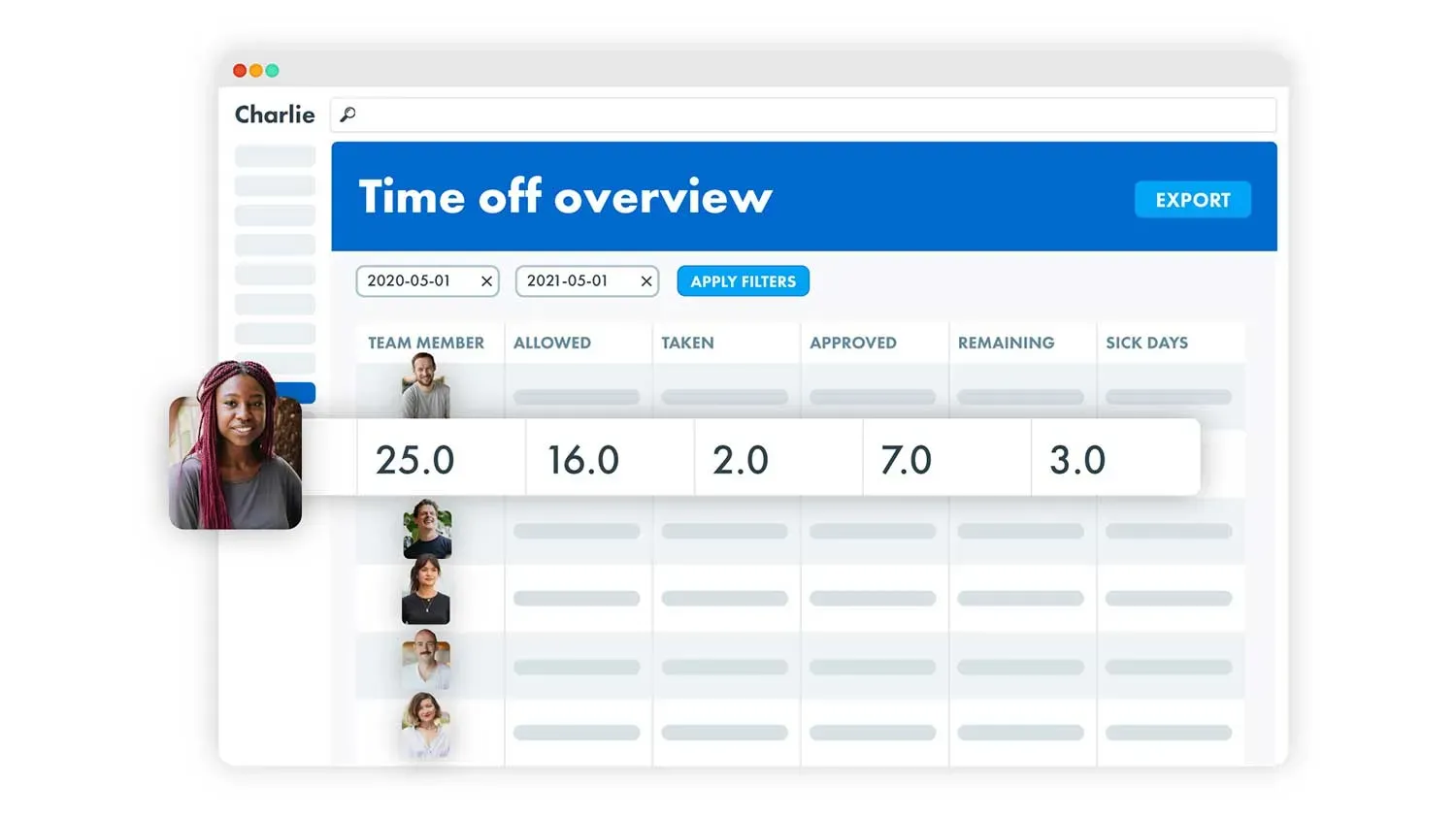
Wellbeing ideas to foster recognition and open feedback at work
No matter how many wellbeing at work ideas you implement, if your employees don’t feel valued, listened to or recognised, they’ll likely leave as soon as the right occasion comes up.
Here’s a few ideas of how you can prevent that:
- Run regular engagement surveys: These are not only useful to track your team’s sentiment about work, but also to give them a tool to share their feedback. Make a conscious effort to collect your employee’s opinions, to make them feel listened to. You can automate HR surveys very easily with a tool like Charlie’s Engagement Surveys.
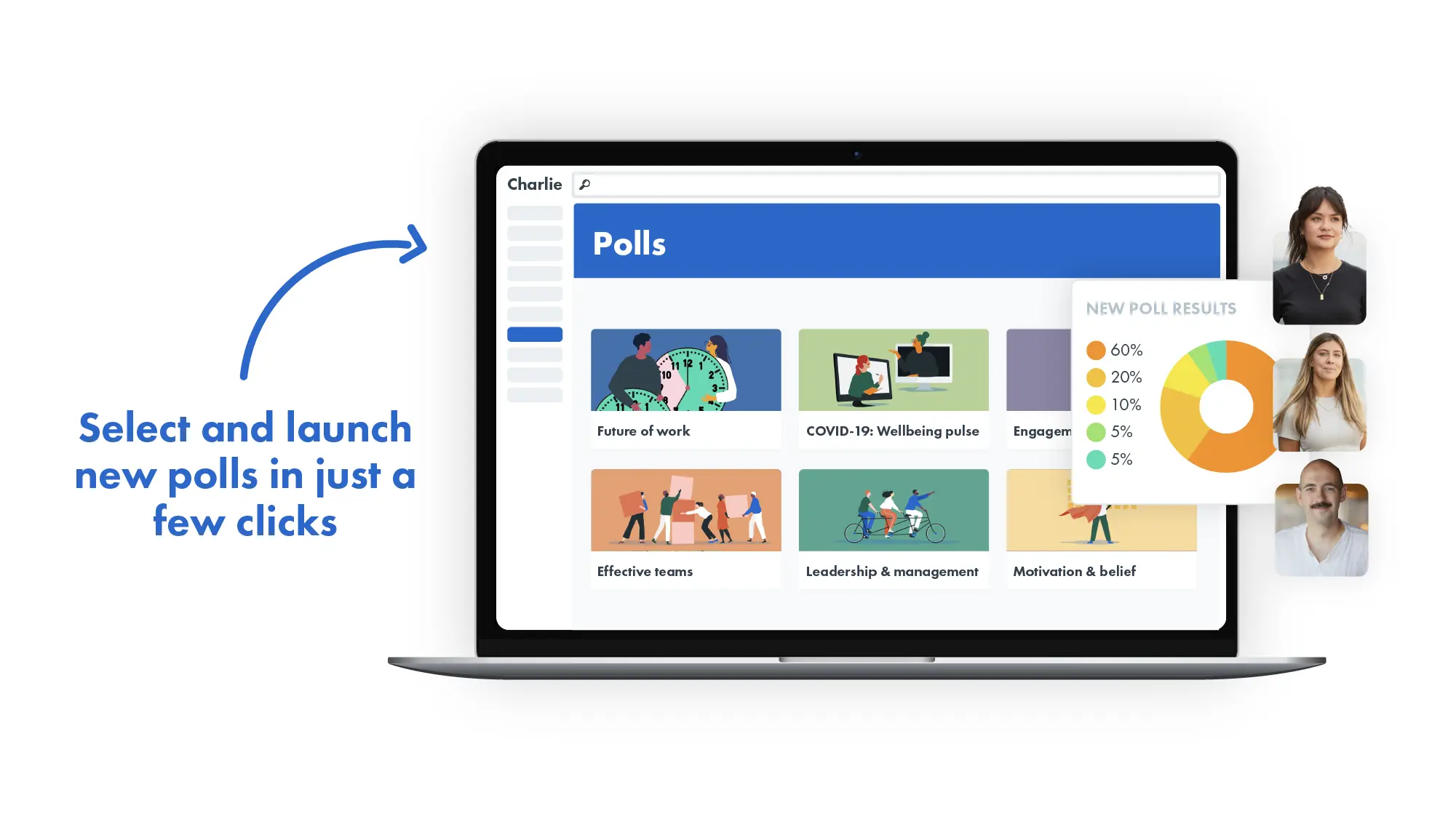
- Recognise and shoutout high performance: If you don’t have a formal performance review process in place, I’d still recommend publicly shouting out good work — this will make your people feel appreciated, as well as setting the bar high for the rest of the team.
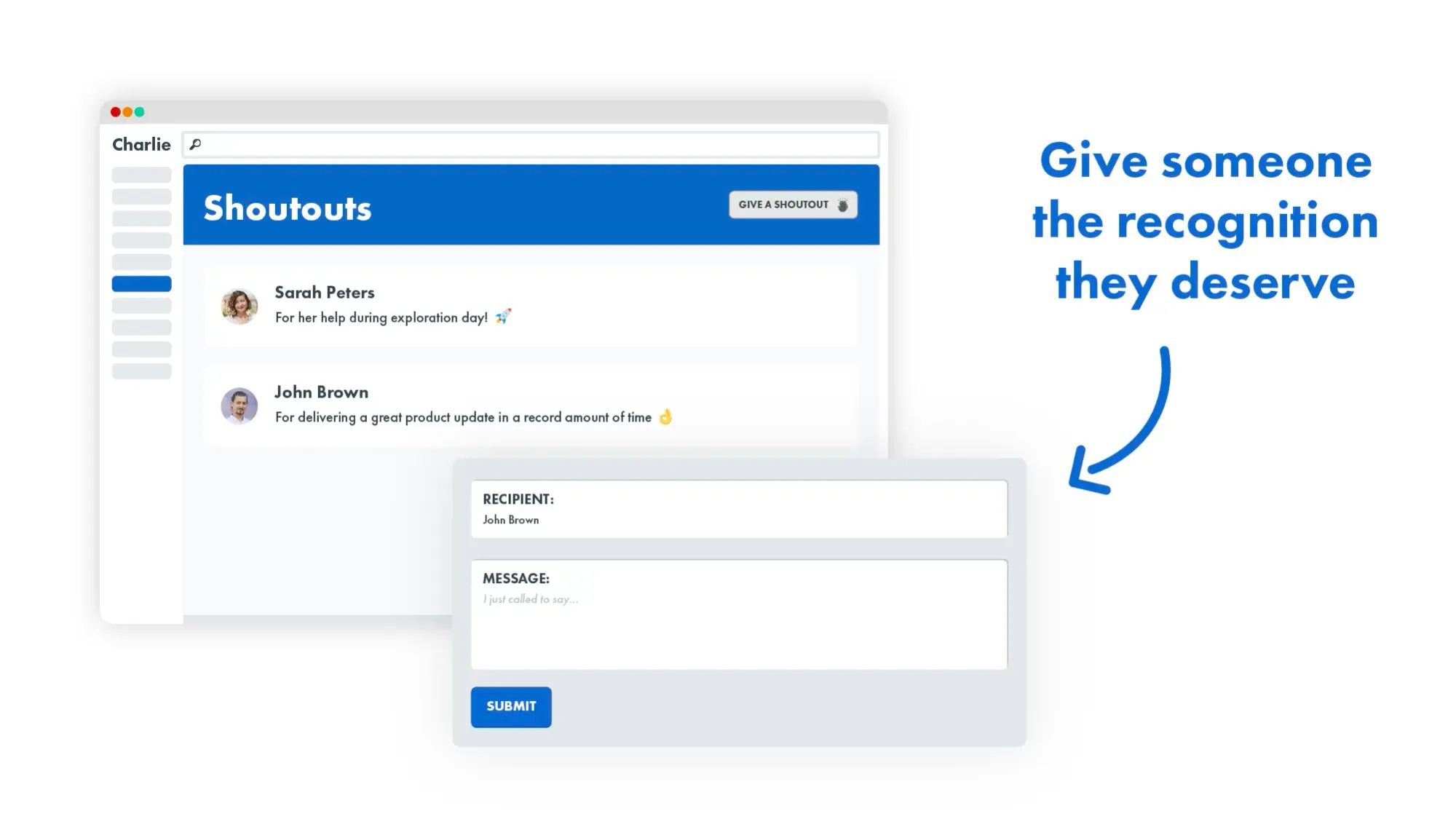
Wellbeing at work ideas to avoid
Not all wellbeing initiatives at work hit the bullseye. Why? Well, some of them don't really get what employees truly need. Vanity benefits may make you look good on a careers site — but do they actually have an impact on your employees’ wellbeing.
My advice would be to prioritise universal needs that are common across your workforce, and avoid extravagant ones that no one actually cares about. Let’s look at some bad wellbeing at work examples:
- One-size-fits-all programmes: Avoid implementing wellbeing initiatives that assume everyone has the same needs and preferences. Recognise that individuals have unique wellbeing requirements, and tailor initiatives to accommodate diverse needs.
- Mandatory wellness activities: Don’t make participation in wellness activities mandatory. Forcing employees to engage in specific activities may create resistance and undermine the genuine benefits of these initiatives.
- Superficial wellness initiatives: Avoid focusing solely on superficial aspects of wellbeing, such as providing occasional perks or wellness-themed events without addressing underlying issues. True wellbeing initiatives require a holistic approach that addresses both physical and mental health needs.
- Tokenistic policies: Avoid implementing policies or initiatives that appear to address wellbeing concerns but lack meaningful impact. Empty gestures or superficial efforts can lead to employee cynicism and undermine trust in leadership.
On top of those, also make sure to always evaluate the effectiveness of your wellbeing at work initiatives. Ask for feedback from the team and measure to what extent your plans are meeting expectations.
Conclusion
In conclusion, when it comes to promoting wellbeing at work, it's crucial to prioritise the right initiatives that will have the most significant impact on your team.
By understanding their unique needs, promoting a supportive and inclusive workplace, and addressing both physical and mental health concerns, you can create a workplace that truly cares about the wellbeing of its employees.
Avoiding one-size-fits-all approaches and superficial gestures, while actively involving leadership and seeking feedback, ensures that your initiatives are meaningful and effective.
Remember, it's not about implementing every wellbeing trend; it's about selecting the initiatives that matter most and making a genuine difference in the lives of your team members.
Check out our blog for more employee rewards examples.



